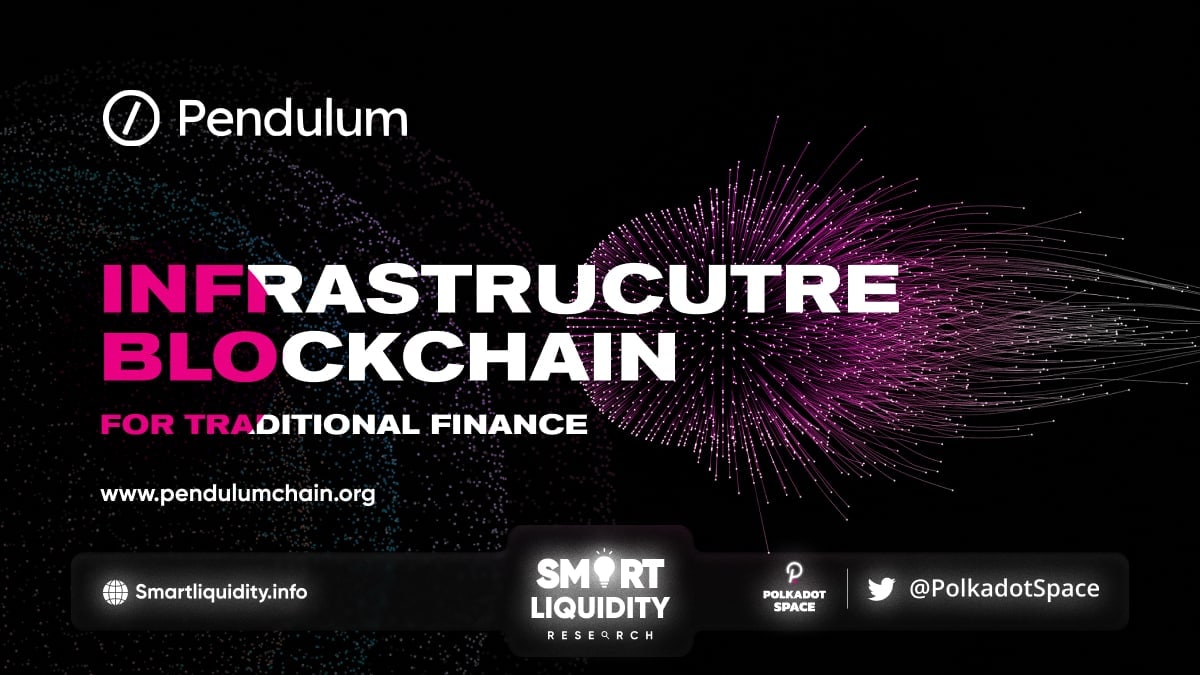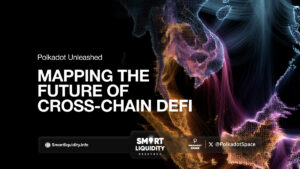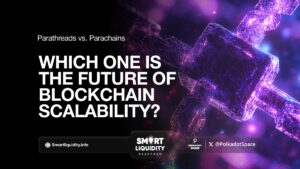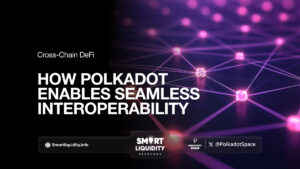Pendulum Infrastructure Blockchain For Traditional Finance


Welcome to Pendulum
Pioneering the internet of fiat. Pendulum An Open-Source Substrate-Based Blockchain will offer composable fiat services to fintech companies and build the future of forex on DeFi.
Introduction
Built on Parity’s Substrate framework, Pendulum establishes the missing link between fiat and DeFi with a sophisticated smart contract network. Pendulum chain aims to become the one-stop hub for the internet of fiat. Innovations that Pendulum will bring include:
- Cross-chain trust-minimized bridges
- A network optimized for a broad basket of fiat-pegged stable tokens
- Next-generation smart contract technology
- Opt-in compliance layer with privacy features
Spacewalk: Stellar bridge


The architecture of the bridge consists of the following components:
Vaults:
A set of escrow accounts used to lock assets in Stellar. Their behavior is defined in XCLAIM and interBTC. In Spacewalk they have an additional property: each vault has an allowlist of assets that it can lock and support for bridging operations between Stellar and the Substrate chain. This allowlist is implemented through trustlines of the Stellar account. Every vault needs to provide collateral with DOT or KSM (or related) tokens with the bridge pallet. These tokens are slashed in case the vault misbehaves.
Bridge Pallet:
The main component of the Spacewalk bridge that implements all logic on the side of the Substrate-based chain. Its behavior is based on interBTC. It is particularly responsible for minting tokens during deposits and burning tokens during withdrawals. It is able to support any Stellar asset by employing the Tokens and Currrencies pallets of the Substrate Open Runtime Module Library.
Stellar Oracle:
A decentralized system that provides information about the state of the Stellar network to the bridge pallet. The Stellar oracle is trustless and reliable and its functionality is based on specific unique aspects of Stellar:
The Stellar network has multiple tier levels, where the nodes in Tier 1 enjoy the highest level of trust of its peers. There are currently 23 Tier 1 nodes; this set and its structure is rather static and only changes rarely. It only ever changes through a voting process. We will incorporate complete information about the Tier 1 network in the bridge pallet.
Every Stellar node has a static signing key pair and signs messages that it gossips to the network. Particularly, every node announces through a signed message that a block has been finalized. The decentralized oracle will forward these signed messages from Tier 1 nodes to the bridge pallet. This way the bridge pallet can reliably infer what Stellar blocks are finalized.
Three Milestones for Developing Spacewalk
1st Milestone: Define the fundamental structure of the project
- The Spacewalk code repository will consist of the Spacewalk pallet, some offchain clients to operate vaults and oracles, and a Substrate standalone chain that implements the Spacewalk pallet that is use for testing purposes.
- Integrate multi-asset support: vaults will support multiple assets and a user can issue and redeem different kinds of Stellar assets
2nd Milestone: Implement how to manage collateral for multiple Stellar assets
- Use a price feed oracle for all assets supported by the vault
- Determine the total combined value of all tokens locked in the vault account and compare the value of the collateral
3rd Milestone: Implement the Stellar oracle and all its components
- Add a mechanism to store and maintain the current configuration of the Tier 1 network, including its public signing keys and the set of Tier 1 quorums
Built on Substrate
Pendulum built on Substrate, a blockchain framework developed by Parity Technologies. The framework was use to build both Polkadot and Kusama. The advantages of Substrate are many: in addition to having native compatibility with the Polkadot chain, Substrate has cross-coding language support, forkless upgrades with built-in upgrade coordination, deterministic finality (for fast consensus reaching), and a suite of pre-built but customizable components (“pallets”).
Examples of these efficiency gains are:
- Currently the parachain and relay chain blocks need to be created synchronously during the same timeframe. In the future this will be decoupled and allows for a higher ratio of the blocktime to be usable for transaction execution.
- Relay chain nodes will be able to process multiple parachain blocks at once.
- The communication between relay and parachain blocks will become more efficient so that less data needs to be transported or can be prefetched ahead of time.
- Offload Polkadot governance and DOT token processing from the relay chain into a separate parachain so that the relay chain nodes can focus on parachain block validation only.
- Introduce multiple relay chains that can split work even further
- There will be many efficiency improvements for the execution of WebAssembly smart contracts.
The Journey
The Pendulum journey began with SatoshiPay connecting the world through instant payments in 2014 and has evolved to building a fiat-optimized Pendulum chain on Polkadot today. In 2014 SatoshiPay founder and crypto pioneer Meinhard Benn set out to make micropayments fast, global and easy. In 2019 the multi-signature wallet for stellar was launched and 2020 saw SatoshiPay process more than 1,000,000 euros in borderless content payments. This led the team to discover a problem. The problem being that many global fiat backed stable-tokens (such as those on Stellar) currently cannot take advantage of use cases on smart contract blockchains.
Pendulum Achievements to date
Proposals in the following categories can be vote on by the community of token holders:
About Pendulum
Pendulum Chain a smart contract blockchain network connecting fiat rails to the decentralized finance ecosystem. By bridging robust and compliant fiat-pegged tokens from the most prominent blockchain networks into the vibrant DeFi ecosystems. The Pendulum addresses the ever-growing demand for fiat liquidity in DeFi. Behind the development of the open Pendulum protocol is SatoshiPay, a fintech company which has developed blockchain products since 2014.




